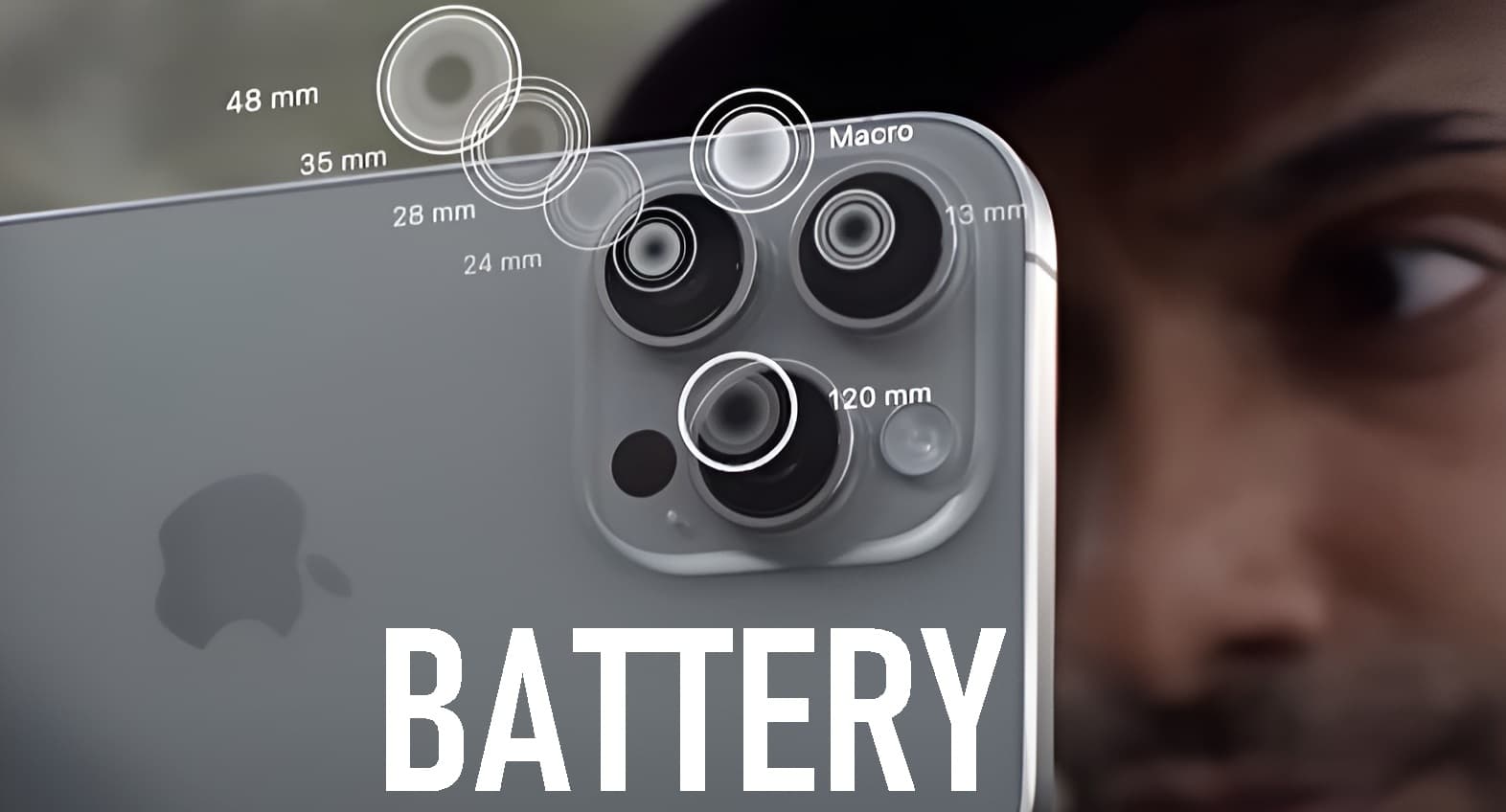Smartphone cameras have dramatically evolved over the years, integrating technologies that were once reserved for professional equipment. Today, features like 4K video recording, advanced image stabilization, and AI-driven portrait modes are standard. This article explores these trends and other key innovations that shape modern smartphone photography.

The Trend of 4K Video Recording in Smartphones
4K video recording is now a common feature in many smartphones. But why has it become so popular?
What is 4K Video Recording?
4K video refers to a resolution of 3840 x 2160 pixels, which is four times the resolution of Full HD (1080p). This high resolution delivers crisp, detailed videos with vibrant colors, making your footage look more professional and engaging.
Why It’s Popular:
4K recording is not just about higher resolution. It allows for better zooming capabilities and more detailed editing. For content creators and videographers, this means their videos can be edited and cropped without losing quality. Plus, with 4K TVs and monitors becoming more common, having 4K content ensures your videos look their best on all devices.
Why Consumers Demand Better Image Stabilization
Image stabilization is crucial for smooth, shake-free videos and clear photos, especially when you’re on the move. Consumers increasingly expect their smartphones to provide high-quality stabilization features.
Why Better Stabilization Matters:
Imagine filming a video while walking or even just holding your phone with one hand. Without good stabilization, your footage can end up shaky and hard to watch. Better image stabilization helps to keep your videos steady and your photos sharp, making every moment look professional.
Electronic Image Stabilization (EIS) in Mobile Phones
What is EIS?
Electronic Image Stabilization (EIS) uses software to reduce camera shake by cropping the edges of your video slightly and compensating for the movement. Unlike Optical Image Stabilization (OIS), which uses hardware like gyroscopes to physically move the lens, EIS relies on software algorithms to stabilize the video.
Benefits of EIS:
- Smooth Videos: EIS helps in creating smoother videos, especially useful when recording while moving.
- Cost-Effective: Since EIS is software-based, it doesn’t require additional hardware, making it more affordable to implement in smartphones.
The Role of AI in Portrait Mode Photography
Portrait mode is a popular feature that blurs the background to make the subject stand out. AI plays a significant role in enhancing this feature.
How AI Enhances Portrait Mode:
AI algorithms analyze the image to identify the subject and background. They then apply a blur effect to the background while keeping the subject in sharp focus. This process is known as “bokeh,” and AI helps in creating more natural and aesthetically pleasing results.
Why AI Matters:
- Accuracy: AI improves the accuracy of subject separation, making the effect look more realistic.
- Customization: It allows for more control over the level of background blur and can even adjust lighting to enhance the subject’s appearance.
Importance of Night Mode in Smartphone Cameras
Night mode is designed to improve photo quality in low-light conditions, which is essential for capturing clear images when the sun goes down.
How Night Mode Works:
Night mode typically involves taking multiple shots at different exposures and then combining them to create a brighter, more detailed image. This technology reduces noise and enhances details, allowing you to take clearer photos in dim lighting.
Why It’s Important:
- Low-Light Performance: Night mode ensures that your photos are not only visible but also vibrant and detailed.
- Versatility: It’s useful for a range of scenarios, from capturing cityscapes at night to taking photos indoors with minimal lighting.
Smartphone Camera Evolution: From VGA to 200MP
Smartphone camera resolution has come a long way.
VGA Cameras:
VGA cameras, with a resolution of 640 x 480 pixels, were the norm in early smartphones. They were basic and offered limited quality.
High Megapixel Cameras:
Today, smartphones boast cameras with resolutions of up to 200 megapixels (MP). This leap allows for incredibly detailed images and the ability to crop without losing clarity.
Why Higher Megapixels Matter:
- Detail: More megapixels mean more detail in your photos, which is useful for large prints or high-resolution cropping.
- Future-Proofing: Higher resolution cameras help ensure your photos remain sharp and clear even as display and printing technology advances.
Impact of Consumer Awareness on Smartphone Features
As consumers become more knowledgeable about smartphone technology, their expectations and demands change.
Increased Awareness:
Today’s consumers are well-informed about camera features and performance. They expect more than just high megapixels; they want excellent image quality, advanced stabilization, and useful features like AI enhancements.
Impact on Features:
- Demand for Quality: Brands are pushed to innovate and provide high-quality features that meet consumer expectations.
- Focus on Practicality: Consumers are increasingly looking for features that offer real-world benefits, like improved low-light performance and effective stabilization.
Marketing Gimmicks in Smartphone Camera Technology
Smartphone manufacturers often use marketing gimmicks to highlight their camera features.
Common Gimmicks:
- High Megapixel Counts: While high megapixels sound impressive, they don’t always translate to better photo quality.
- Multiple Lenses: Some brands emphasize the number of lenses rather than their actual performance or usefulness.
Why It Matters:
- Informed Choices: Understanding these gimmicks helps you make more informed decisions when buying a smartphone.
- Focus on Real Benefits: It’s important to focus on features that genuinely enhance your photography experience rather than those that are merely advertised.
The Role of Depth Sensors in Portrait Photography
Depth sensors play a critical role in creating effective portrait photos by adding a 3D effect.
How Depth Sensors Work:
Depth sensors measure the distance between the camera and various objects in the scene. This data helps in accurately separating the subject from the background and applying the blur effect.
Benefits of Depth Sensors:
- Improved Bokeh Effects: Depth sensors enhance the quality of background blur, making portraits look more professional.
- Better Focus: They help in achieving more precise focus on the subject, resulting in clearer and more attractive portraits.
Conclusion
Smartphone camera technology continues to advance, bringing new features and improvements that enhance our photography and videography experiences. From 4K video recording and AI-driven portrait modes to advancements in image stabilization and night mode, each innovation adds value and functionality to your smartphone camera.
As consumers become more aware and discerning, smartphone manufacturers are challenged to deliver features that truly enhance the user experience. By understanding these trends and technologies, you can make informed choices and make the most of your smartphone’s camera capabilities.
Explore your smartphone’s camera settings and features to fully leverage these advancements and capture stunning photos and videos.














